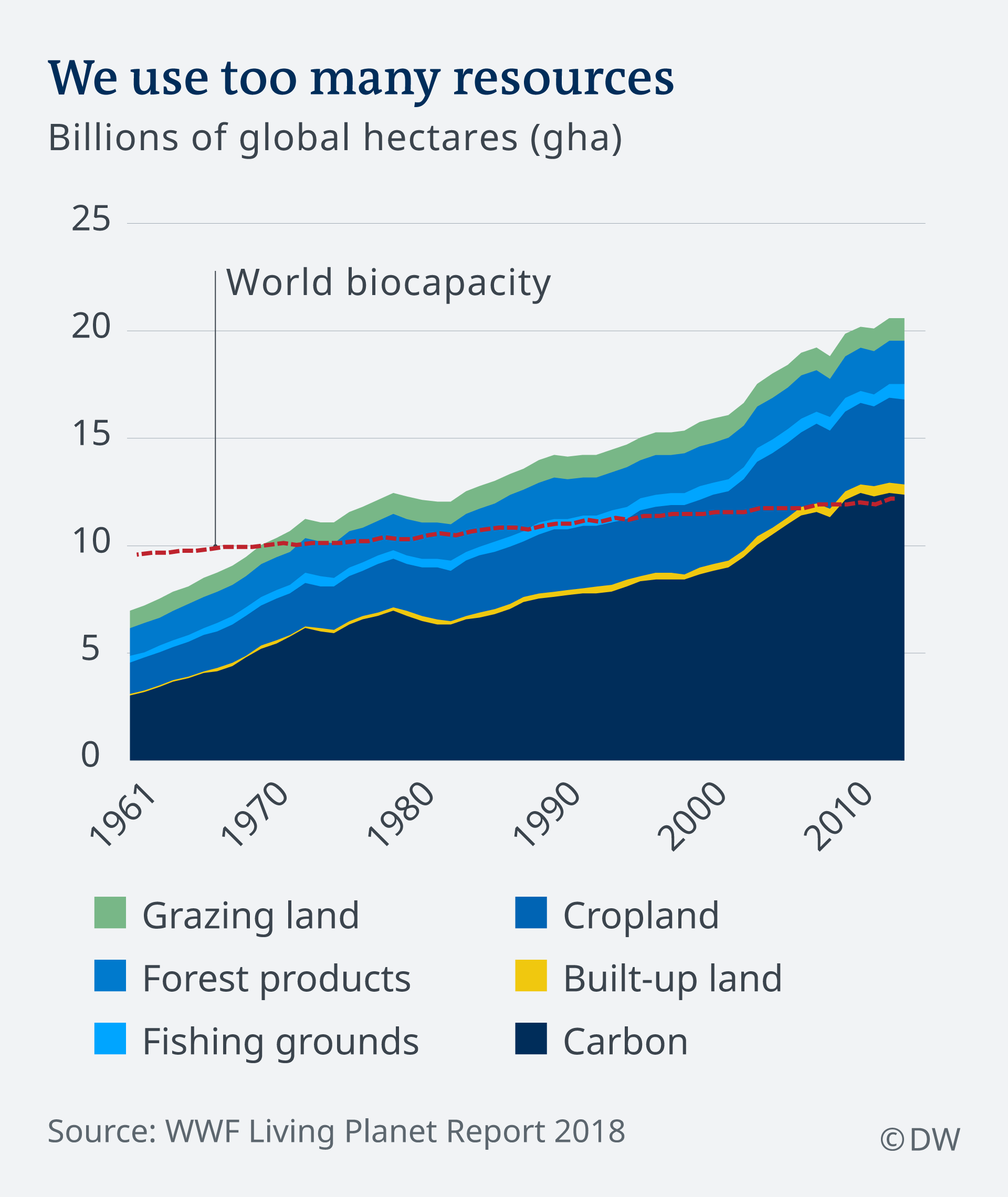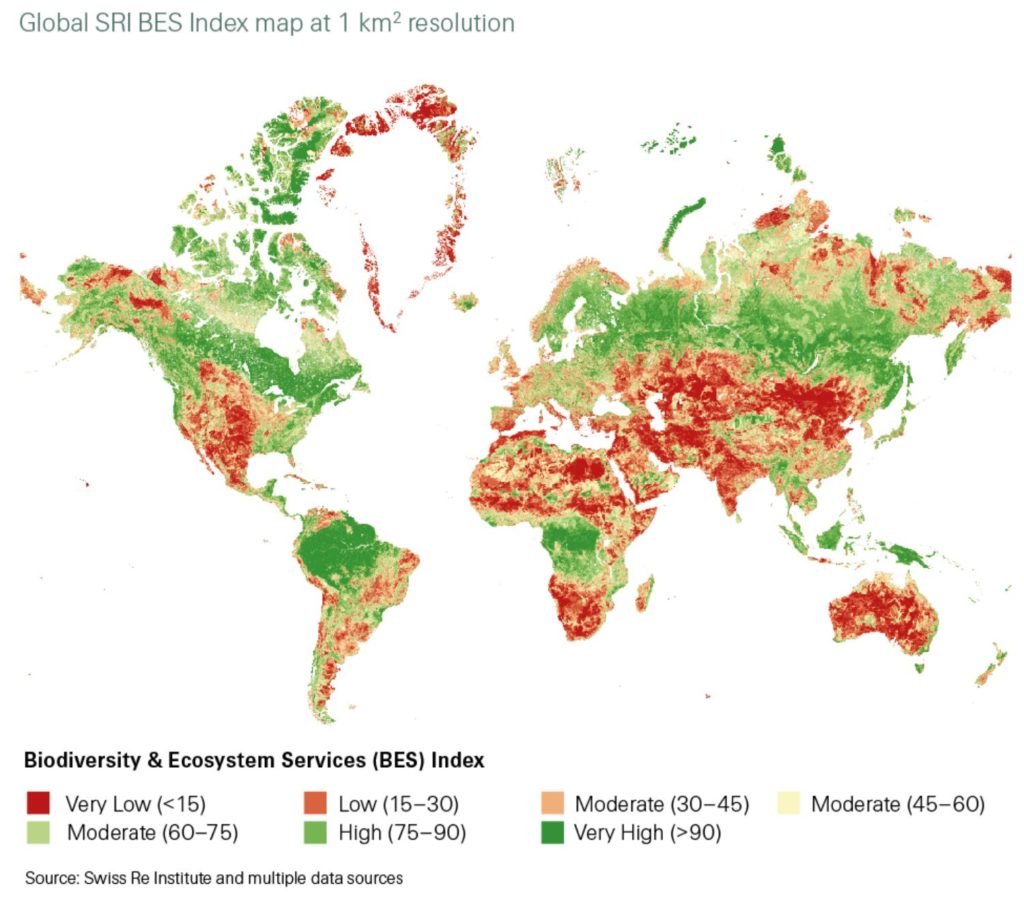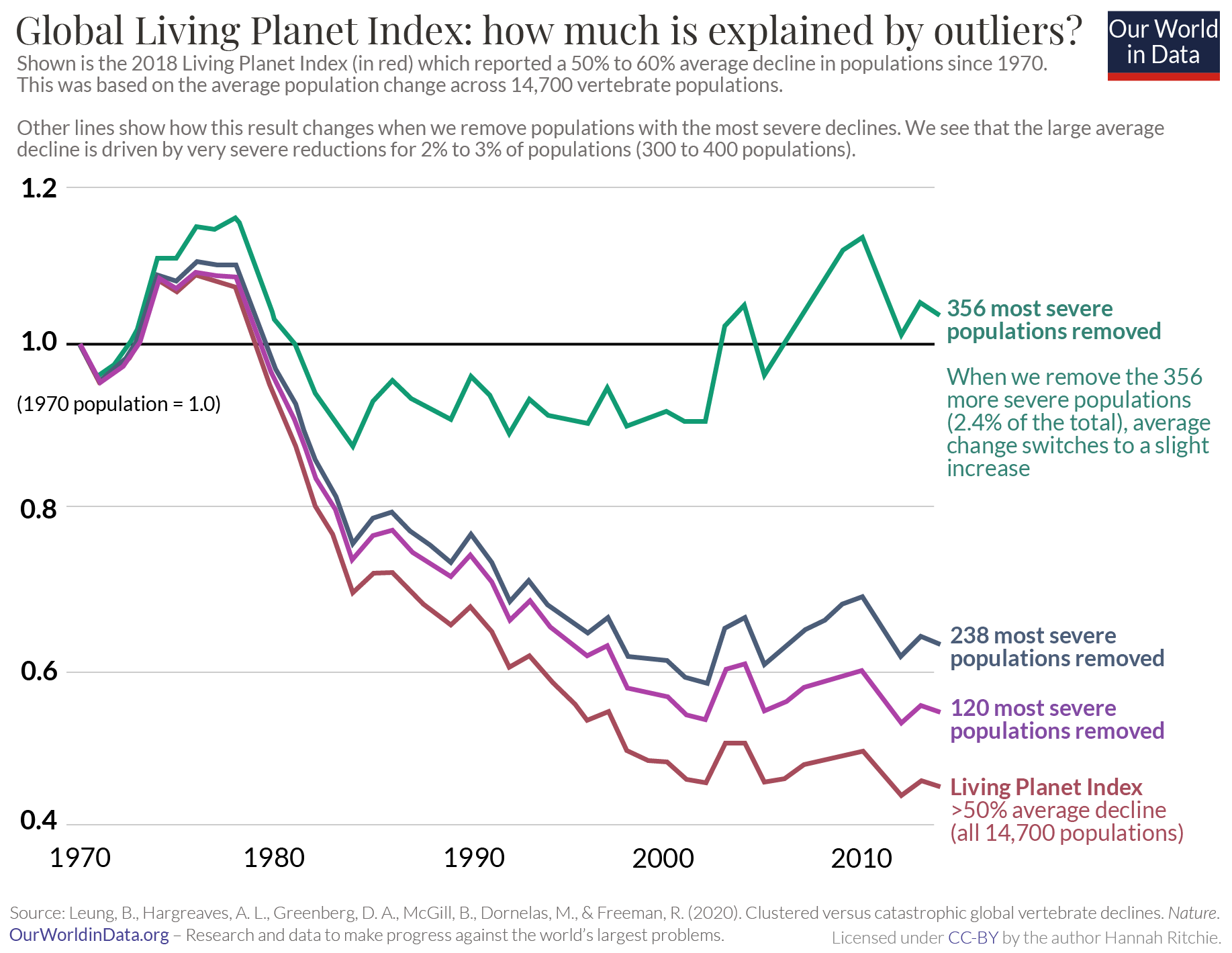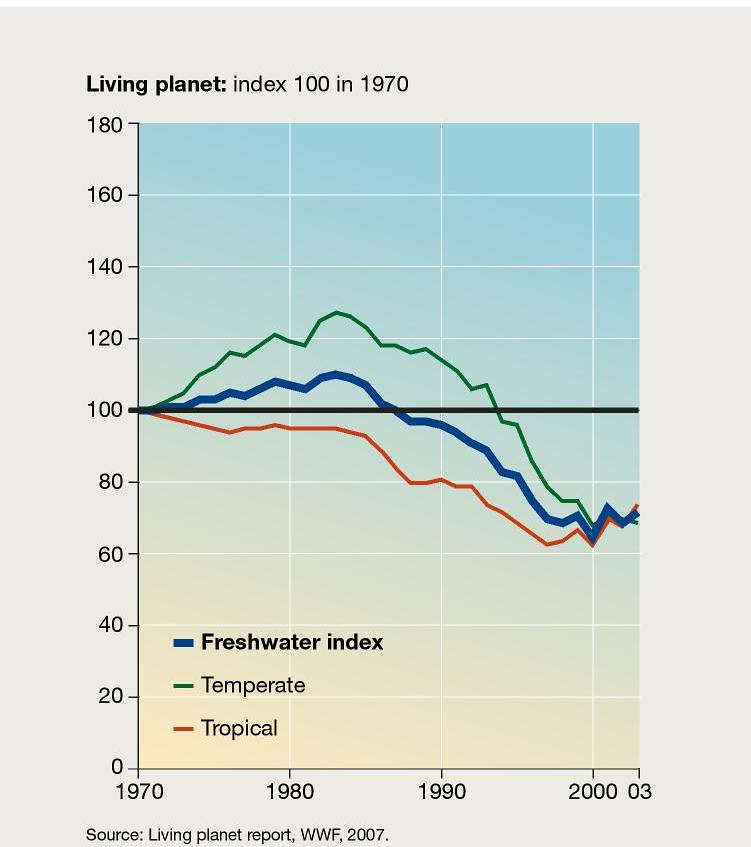
WWF - WWF's Living Planet Report reveals a devastating 69% drop in wildlife populations on average in less than a lifetime
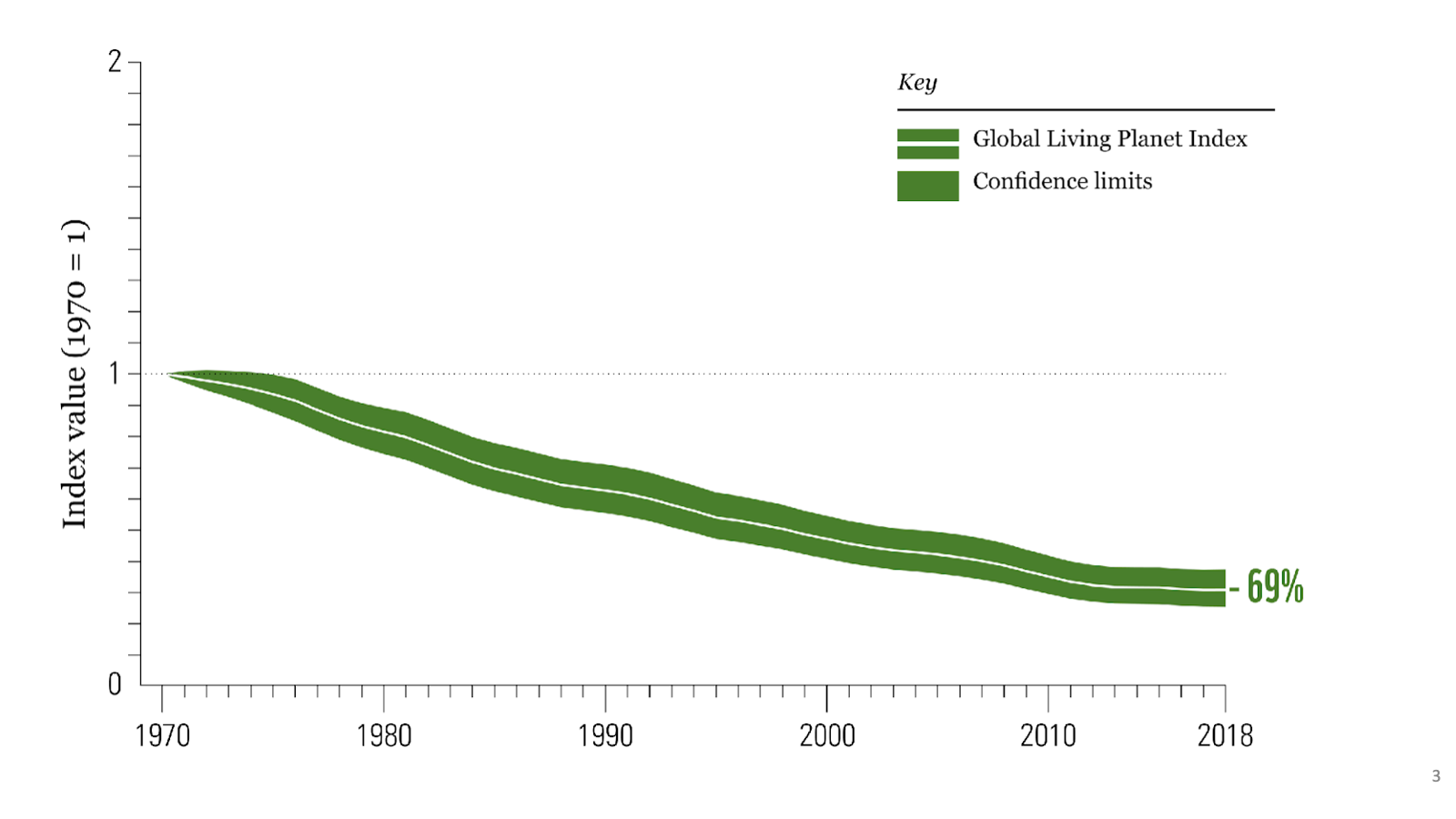
Living Planet Index The Living Planet Index (LPI) is a measure of the state of global biological diversity based on population trends of vertebrate species from around the world. It does this in much the same way that a stock market index tracks the value
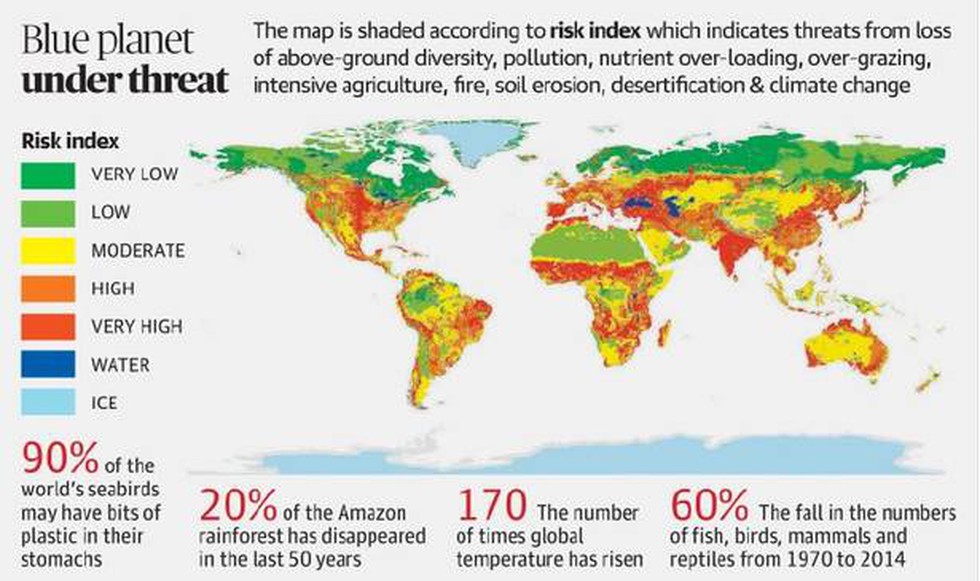
According to the Living Planet report 2018 released by the World Wide Fund for Nature (WWF), India's soil biodiversity is in grave danger.

WWF - WWF's Living Planet Report reveals a devastating 69% drop in wildlife populations on average in less than a lifetime






